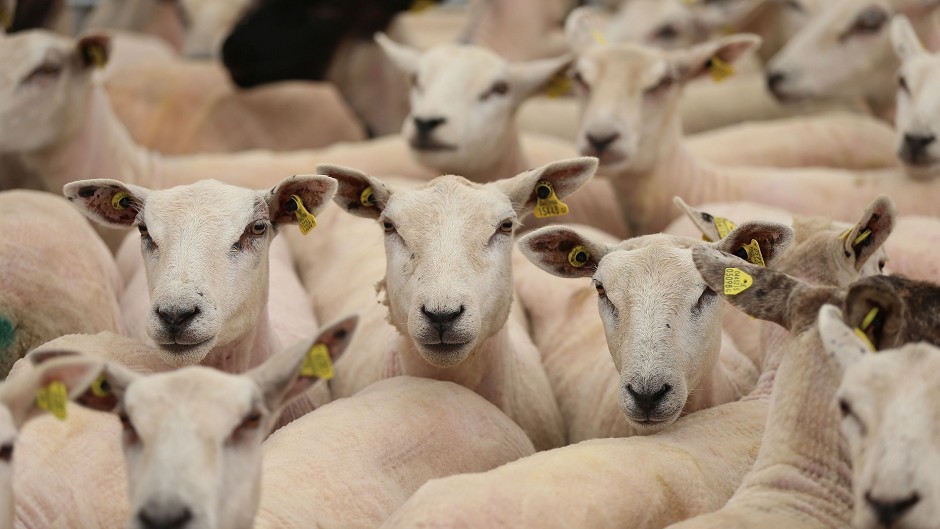Farmers and crofters who fail to sell old season lambs before their first permanent teeth emerge face a loss of £25 for every lamb sold, warns the National Sheep Association (NSA).
The body is urging any producers holding on to old season lambs to finish and sell them as soon as possible to avoid the financial penalty.
European rules require the carcases of lambs and sheep to be split and the spinal cord removed if the lambs are old enough to have their first part of permanent teeth.
The transmissible spongiform encephalopathies (TSEs) rules were introduced in 1996 in the wake of the BSE crisis.
According to the NSA, the rules cost the sheep sector around £23million a year and last season lambs sent to slaughter too late could be worth up to £25 less each.
“There are many farmers out there who are still finishing hogg lambs, and at this time of the year its crucial they are watching body condition closely so lambs don’t go overweight or out of spec, or to make sure they are being fed adequately to finish well in advance of teeth coming up and risking having to be split,” said NSA chief executive Phil Stocker.
“If lambs are too big the price per kilo is reduced or kilos are given away free, and the processors regularly end up with efficiency problems due to this. It requires good management to finish old season lambs at target weights and condition; getting it wrong will lead to wastage in the abattoir and increased costs which will get passed down the chain.”
He said although determining a lamb’s age through mouthing – checking for teeth – was subjective, it ultimately decided the value of the lamb.
“The cost to the farmer of the teeth emerging will devalue the lamb and this problem will only get worse as the new season trade ramps up,” added Mr Stocker.
He said the NSA continued to lobby the European Commission for a review of the TSE regulations, and in the meantime it was working with industry to encourage government to change the way carcase splitting rules were implemented in the UK.
The sheep body has proposed a change to the current method of determining when an animal crosses the 12-month mark and has permanent teeth, and instead adopting a date of the end of June following the season of birth as a cut-off date for carcase splitting, rather than first teeth emerging.
“NSA is confident this will reduce the current time and cost of checking age by teeth – but this is only a proposal and for the time being farmers will have to comply with the current arrangements,” said Mr Stocker.
